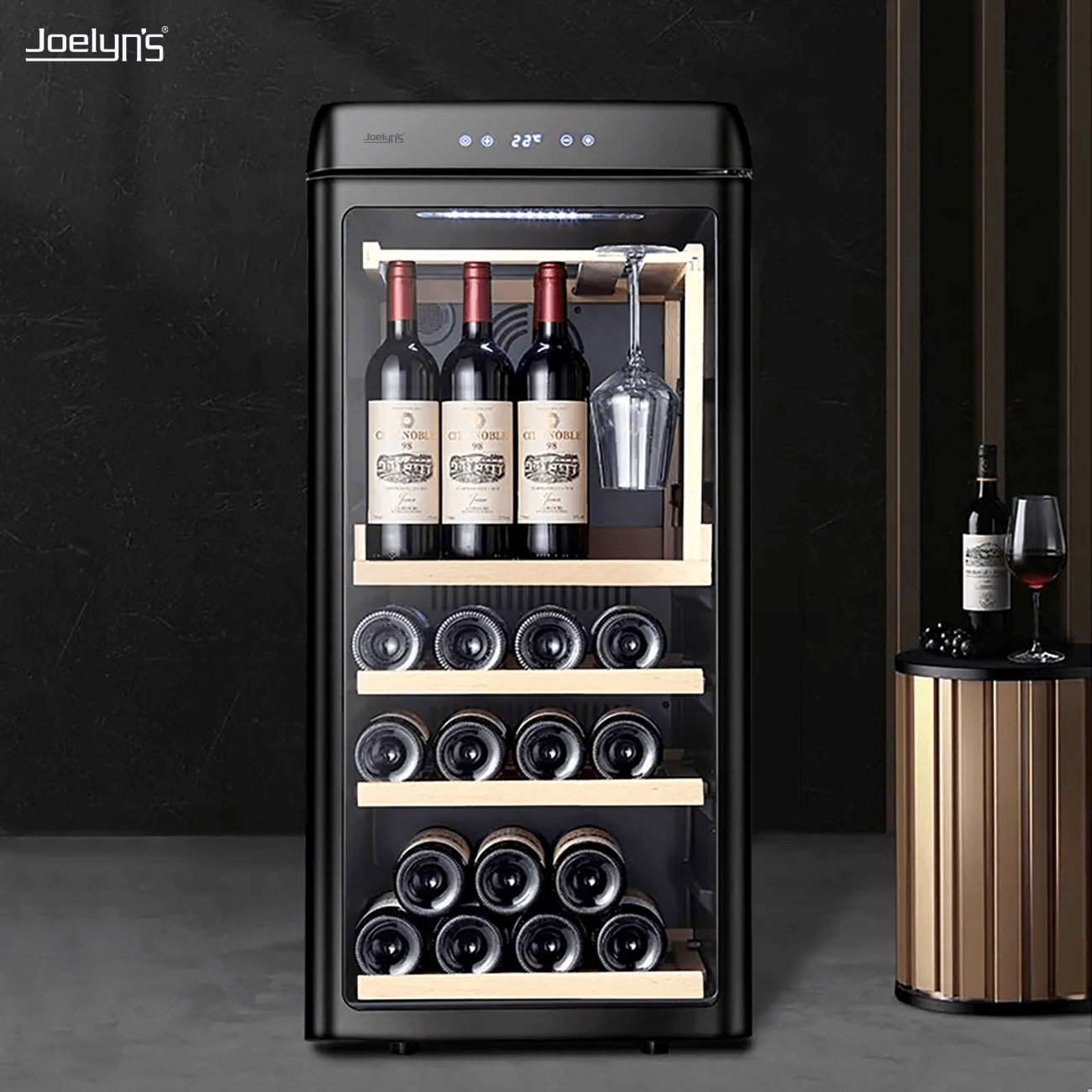
The kitchen has long been regarded as the heart of the home, a place where meals are prepared and shared. However, in modern times, it has evolved into something far greater—a multifunctional space that blends utility, aesthetics, and emotion. Far from being just a place to cook, the kitchen now serves as a hub for creativity, connection, and personal expression. This article explores how contemporary kitchen design transcends its traditional role, offering a fresh perspective on its significance in our lives.
1 Key Features of Modern Design
Modern kitchen design is characterized by a seamless integration of form and function. Open-plan layouts have replaced the confined kitchens of the past, creating fluid spaces that connect with living and dining areas. This openness fosters interaction, making the kitchen a social centerpiece. Sleek, minimalist aesthetics dominate, with clean lines, neutral color palettes, and high-quality materials like quartz, stainless steel, and natural wood.
Technology plays a pivotal role in redefining kitchens. Smart appliances, such as refrigerators that track groceries or ovens controllable via smartphone, enhance convenience and efficiency. Energy-efficient lighting, often customizable, creates ambiance while reducing environmental impact. Modular cabinetry and multifunctional islands provide flexible storage and workspace, catering to diverse needs. These features not only make cooking easier but also transform the kitchen into a dynamic environment for work, entertainment, and relaxation.
2 Impact on Lifestyle
The modern kitchen profoundly influences how we live. Its open design encourages family bonding and social gatherings, as cooking becomes a shared experience rather than a solitary task. Friends and family can gather around an island, engaging in conversation while meals are prepared. This shift has made the kitchen a stage for connection, where memories are created over shared recipes and laughter.
Beyond socializing, kitchens have become versatile spaces that adapt to various activities. They serve as home offices, homework stations, or creative studios for hobbies like baking or mixology. The integration of technology allows for seamless multitasking—listening to podcasts, streaming tutorials, or managing schedules while cooking. This adaptability reflects the fast-paced, multifaceted lives of today’s households, where the kitchen is no longer just a utility space but a lifestyle hub that supports diverse needs.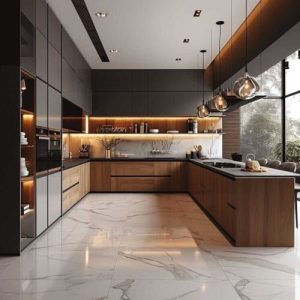
3 The Artistic Beauty in Design
A well-designed kitchen is a work of art, blending functionality with visual appeal. The choice of materials, colors, and textures creates a sensory experience that elevates the space. For instance, a marble countertop paired with matte black fixtures can evoke sophistication, while wooden accents bring warmth and authenticity. Lighting, too, plays a crucial role—pendant lights or under-cabinet LEDs can transform the mood, making the kitchen feel intimate or vibrant as needed.
The artistic beauty of a kitchen lies in its ability to reflect personal style. Whether it’s a bold splash of color in a backsplash or a curated display of cookware, the kitchen becomes a canvas for self-expression. Designers often draw inspiration from global trends, incorporating elements like Japanese minimalism or Mediterranean vibrancy. This fusion of aesthetics not only enhances the space’s allure but also inspires creativity, encouraging users to experiment with flavors, presentation, and even the act of cooking itself.
4 Towards a More Meaningful Life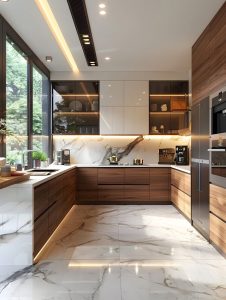
The kitchen’s evolution fosters a deeper connection to the act of living. Preparing food becomes a mindful practice, grounding individuals in the present moment. The sensory pleasures of chopping fresh herbs, smelling a simmering sauce, or arranging a colorful plate engage the senses, offering a respite from the digital overload of modern life. This intentional engagement promotes mental well-being, as cooking becomes a form of self-care and creativity.
Moreover, kitchens encourage sustainable living. Modern designs prioritize eco-friendly materials and appliances, reducing waste and energy consumption. Growing herbs on a windowsill or composting food scraps integrates sustainability into daily routines. The kitchen also serves as a space for cultural preservation, where traditional recipes are passed down, and new ones are born. By fostering these meaningful practices, the kitchen becomes a catalyst for a richer, more connected life.
5 Conclusion
The kitchen is no longer just a place to cook—it is a vibrant, multifaceted space that shapes how we live, create, and connect. Its modern design, blending technology, aesthetics, and functionality, transforms it into a hub for socializing, working, and self-expression. The artistic beauty of its design inspires creativity, while its role in fostering mindfulness and sustainability enriches our lives. By reimagining the kitchen as a space beyond cooking, we unlock its potential to bring joy, meaning, and connection to our everyday experiences. In this new perspective, the kitchen emerges as not just the heart of the home, but the soul of a meaningful life.

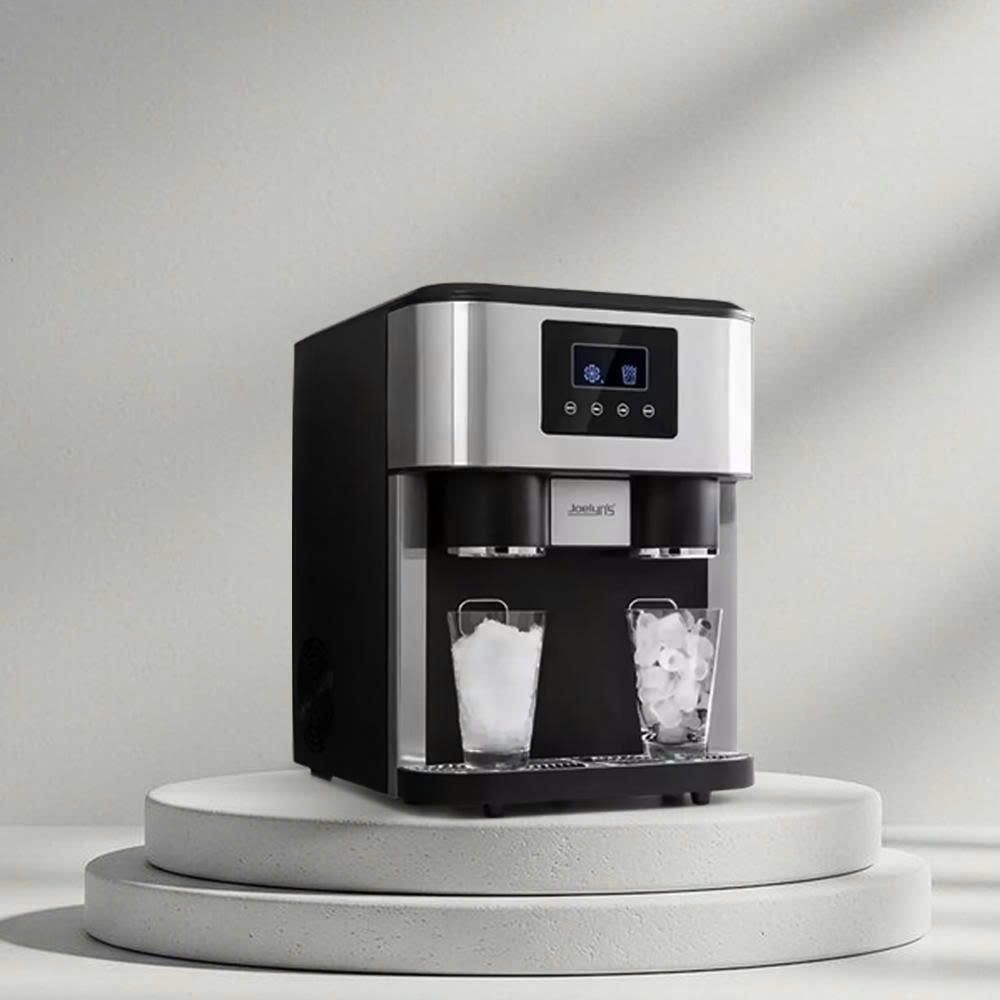



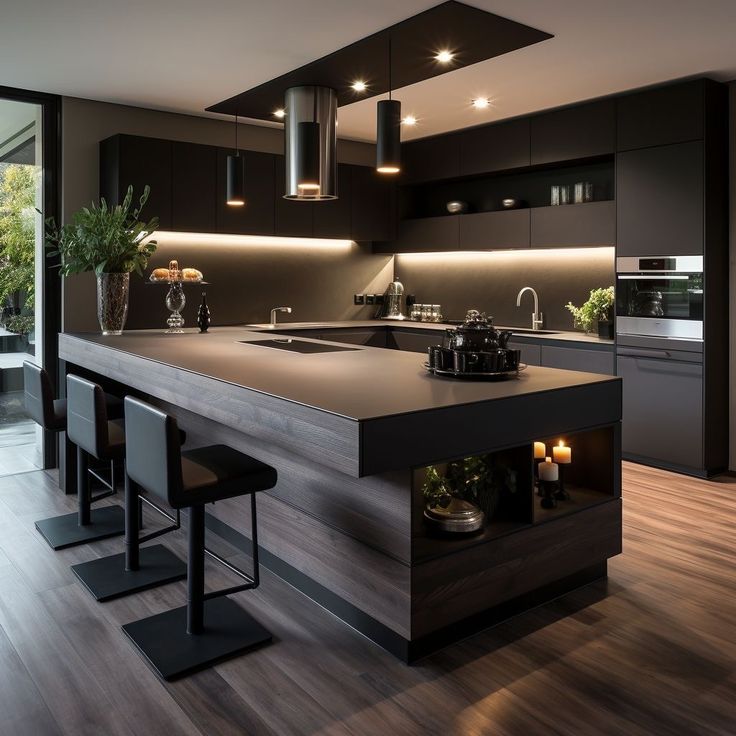
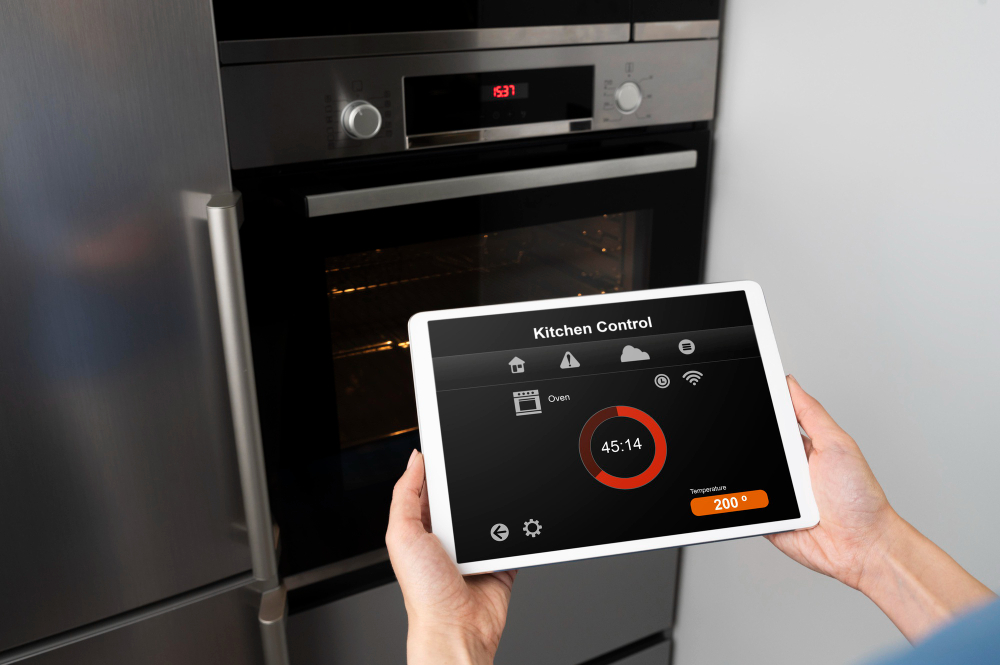


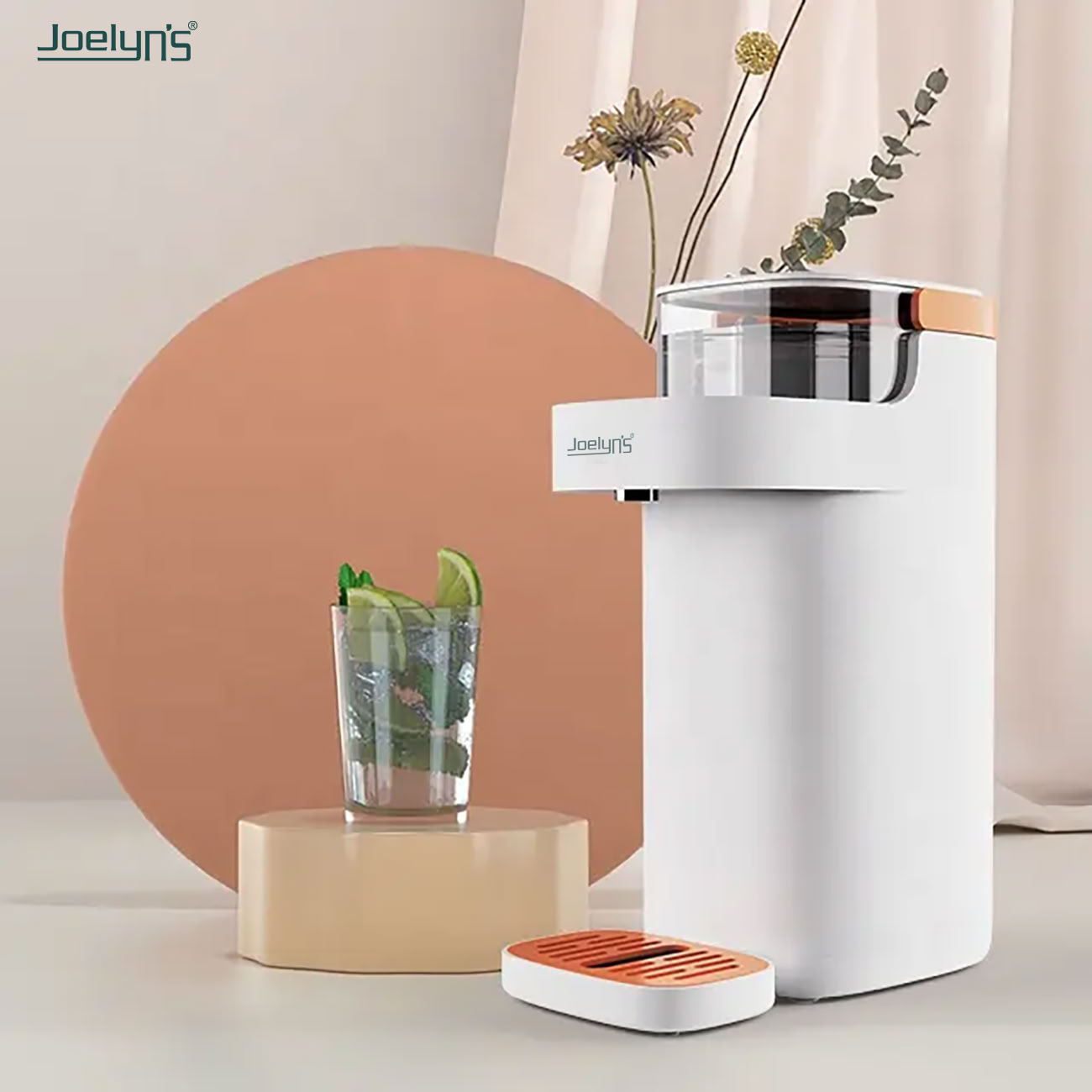
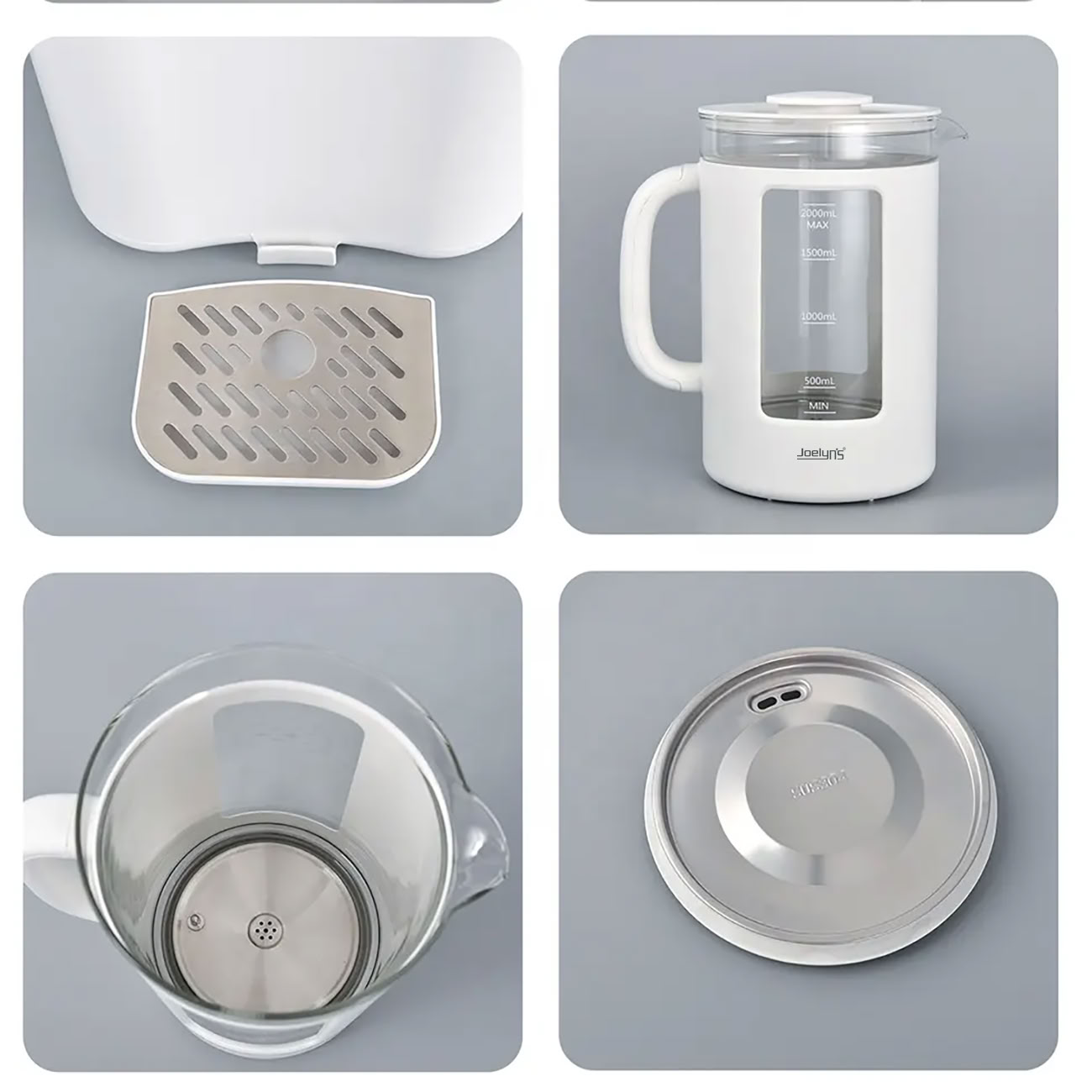
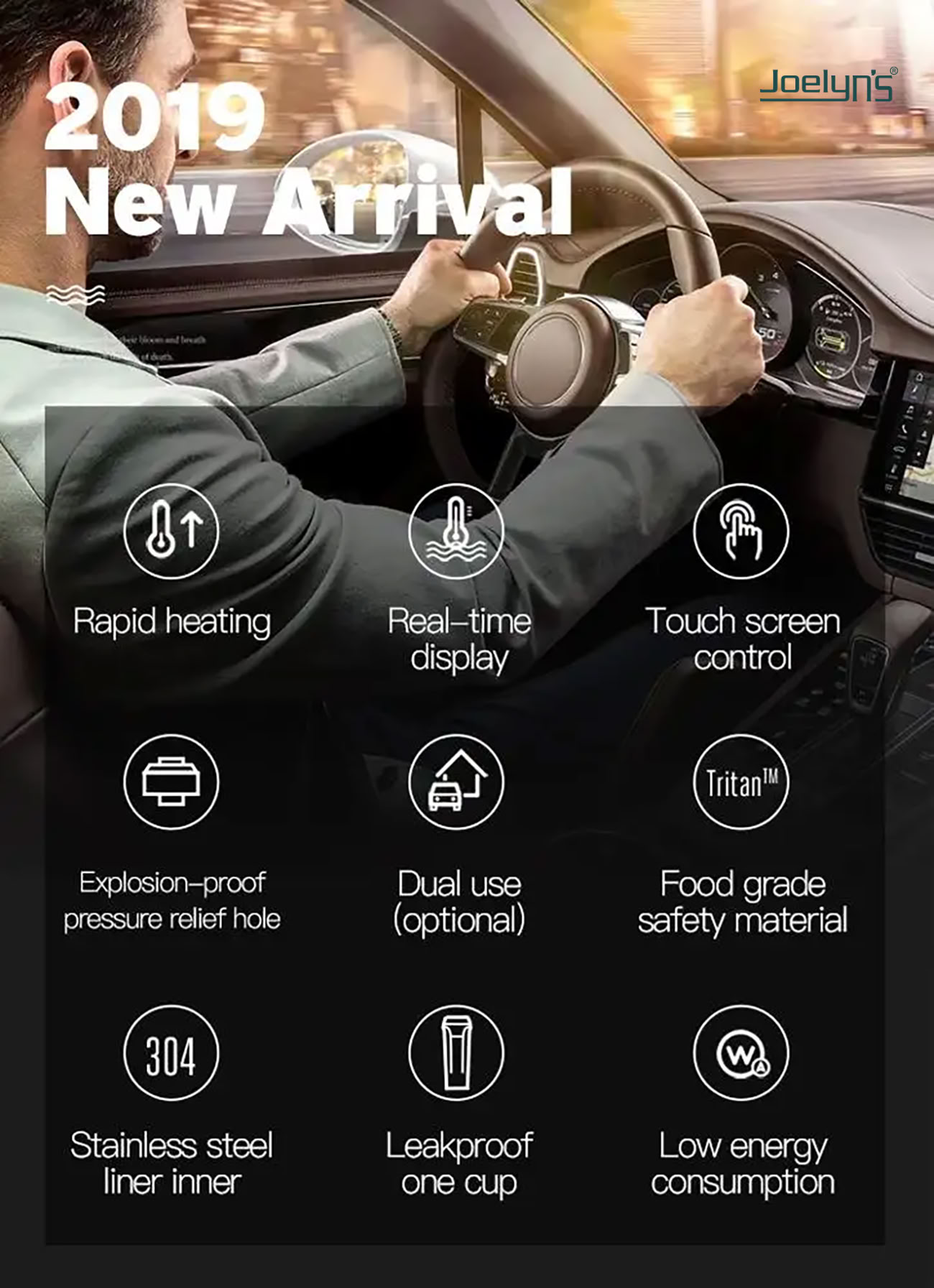



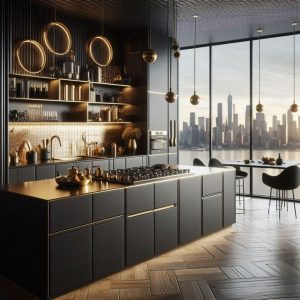
Our energy-saving heroes
Joelyns AirOrbit 360
Joelyns NeoBreeze
Joelyns DF-EF0850HK1
Joelyns WindForm
Joelyns AirDry Max
Joelyns PowerDry E90
Joelyns KY07A – Portable 3-in-1 Air Conditioner
Joelyns DualAir 2-in-1
306,55 €
after Cashback